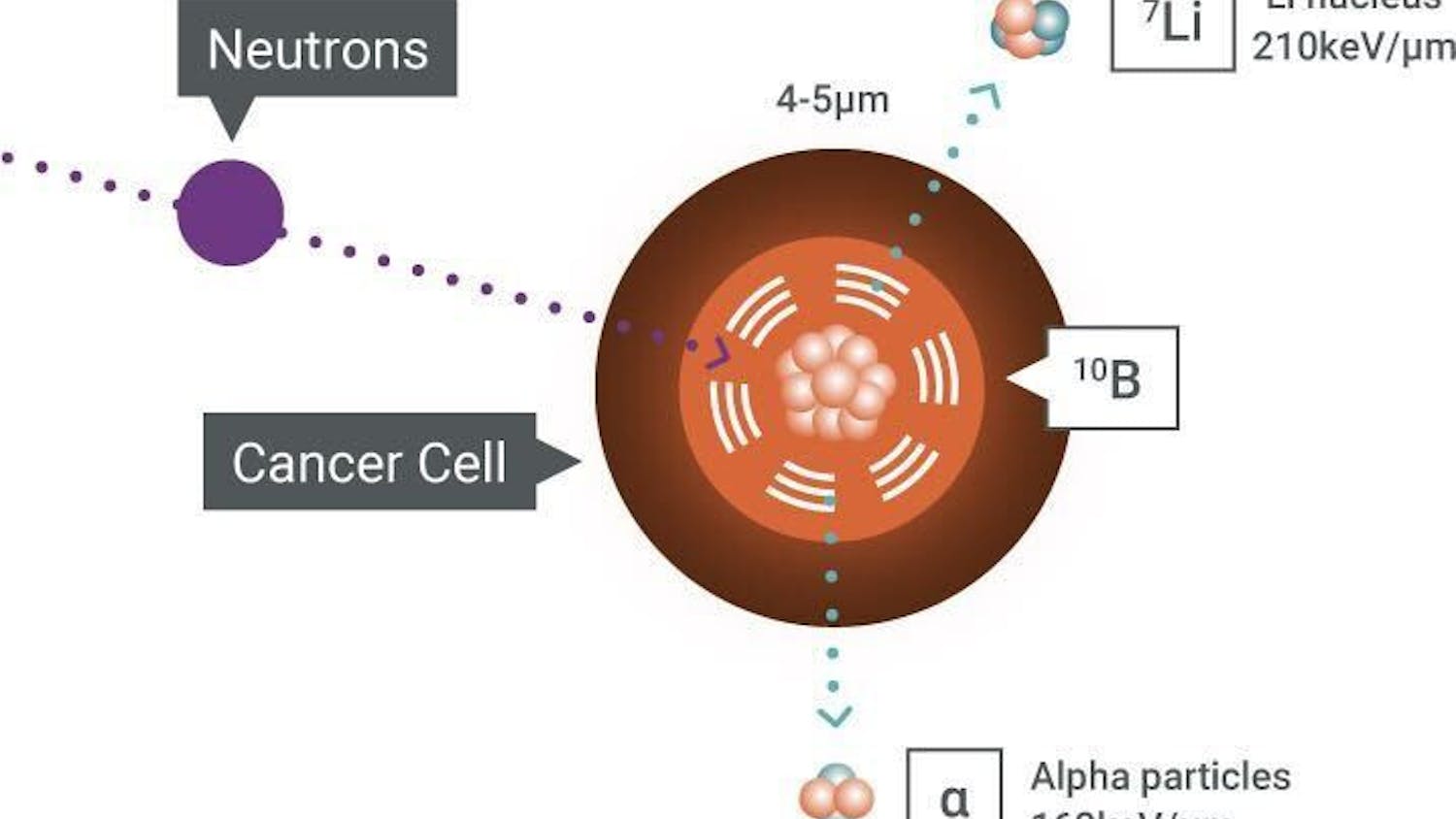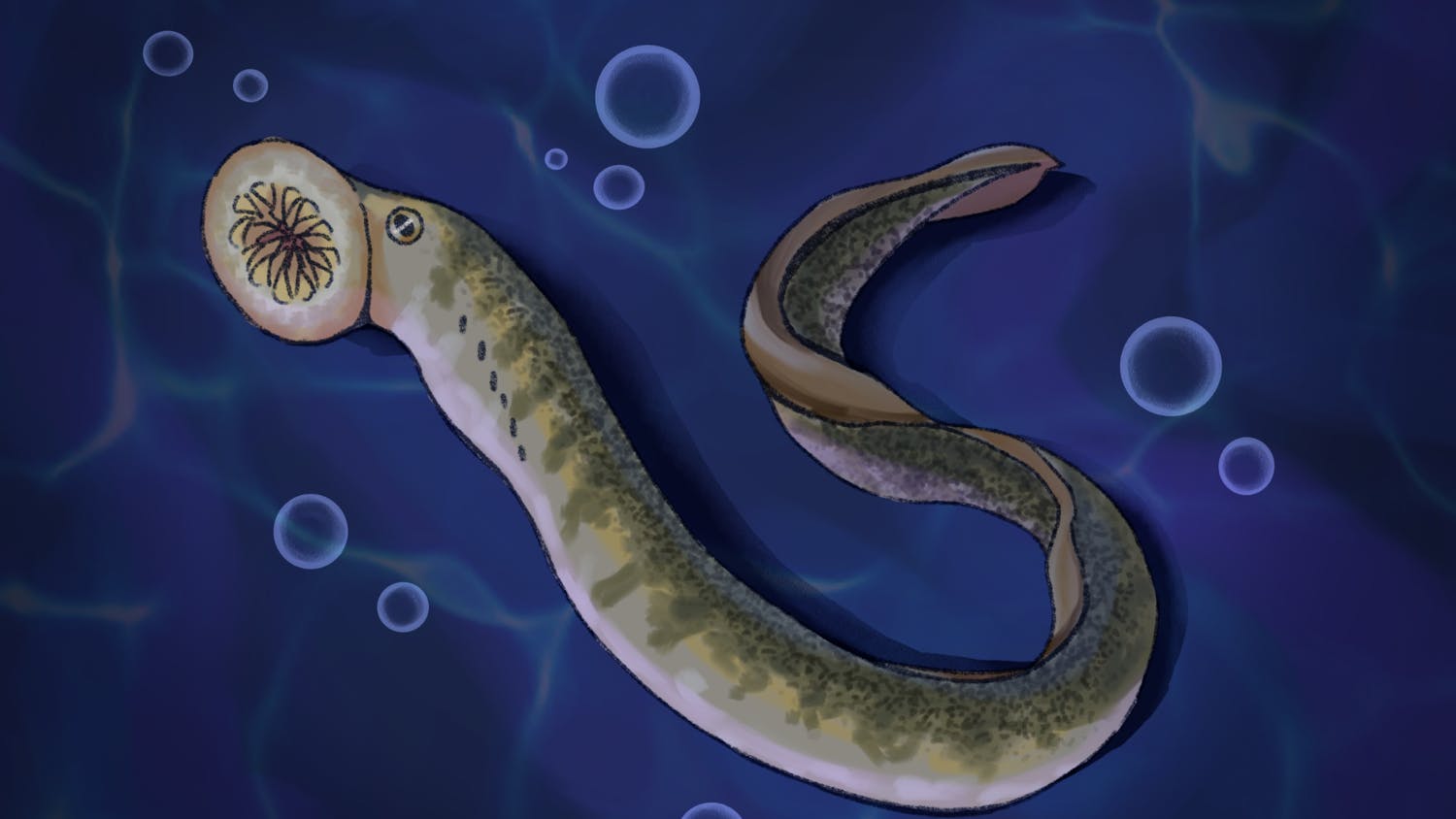Are all snowflakes really unique?
Miranda T.
It’s almost true, but not quite. Scientists say that the probability of two identical snowflakes forming is extremely tiny. In fact, the possibility is small enough that it’s almost certain that no one would ever observe two identical snowflakes, but there is still that small, small chance—one in one million trillion snowflakes! The reason why snowflakes are all different from each other is because of how they fall through the air. After the ice crystals are formed in the clouds, they fall through air, all taking different paths down. Due to temperature and moisture differences in the air and the clouds in their paths, the snowflakes will all form themselves differently. Even though we’ve never found two identical snowflakes, there are eight general patterns that scientists categorize snowflakes with.
I heard eating snow dehydrates you. Is this true?
Alison W.
Snow may be water, but due to its coldness, it does have dehydrating effects. Eating snow, or even munching on ice cubes, lowers your core body temperature. This increases your metabolic rate in order to keep you warm. Since humans consume calories in hopes of harnessing their energy, the changes in your core body temperature use the energy you are attempting to consume by eating the cold snow. Essentially, you are trading high levels of energy but not gaining anything. Moreover, the water in snow is demineralized. While this doesn’t matter if you are ingesting only small amounts, consuming over one liter per day over the course of a couple days can cause cellular hyperhydration due to a decrease in osmotic concentration in the blood. As always, snow is super dirty: it is full of bacteria and viruses, as well as pollution and other dirt from animals or human activity. If that’s not enough to keep your from snacking on that fresh powder, sipping some melted snow, boiled to help clean it up, is your best bet.






